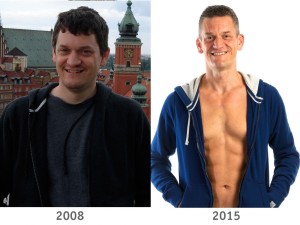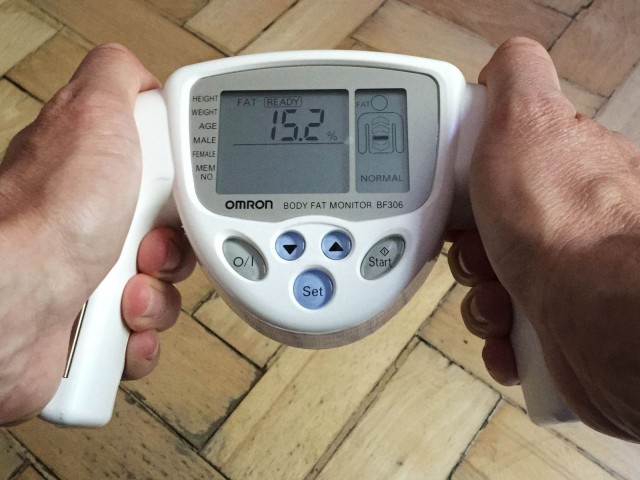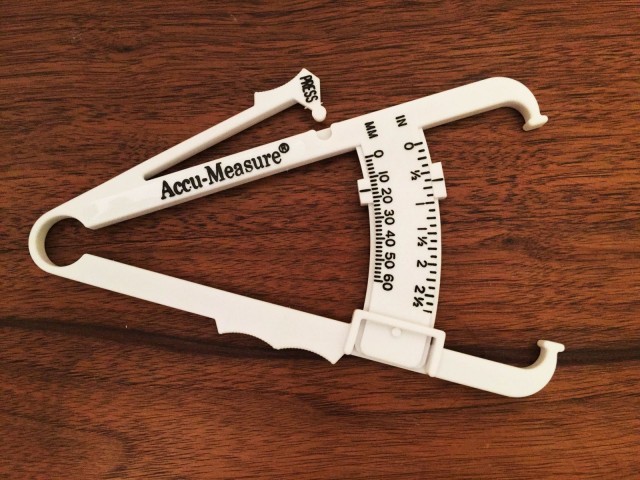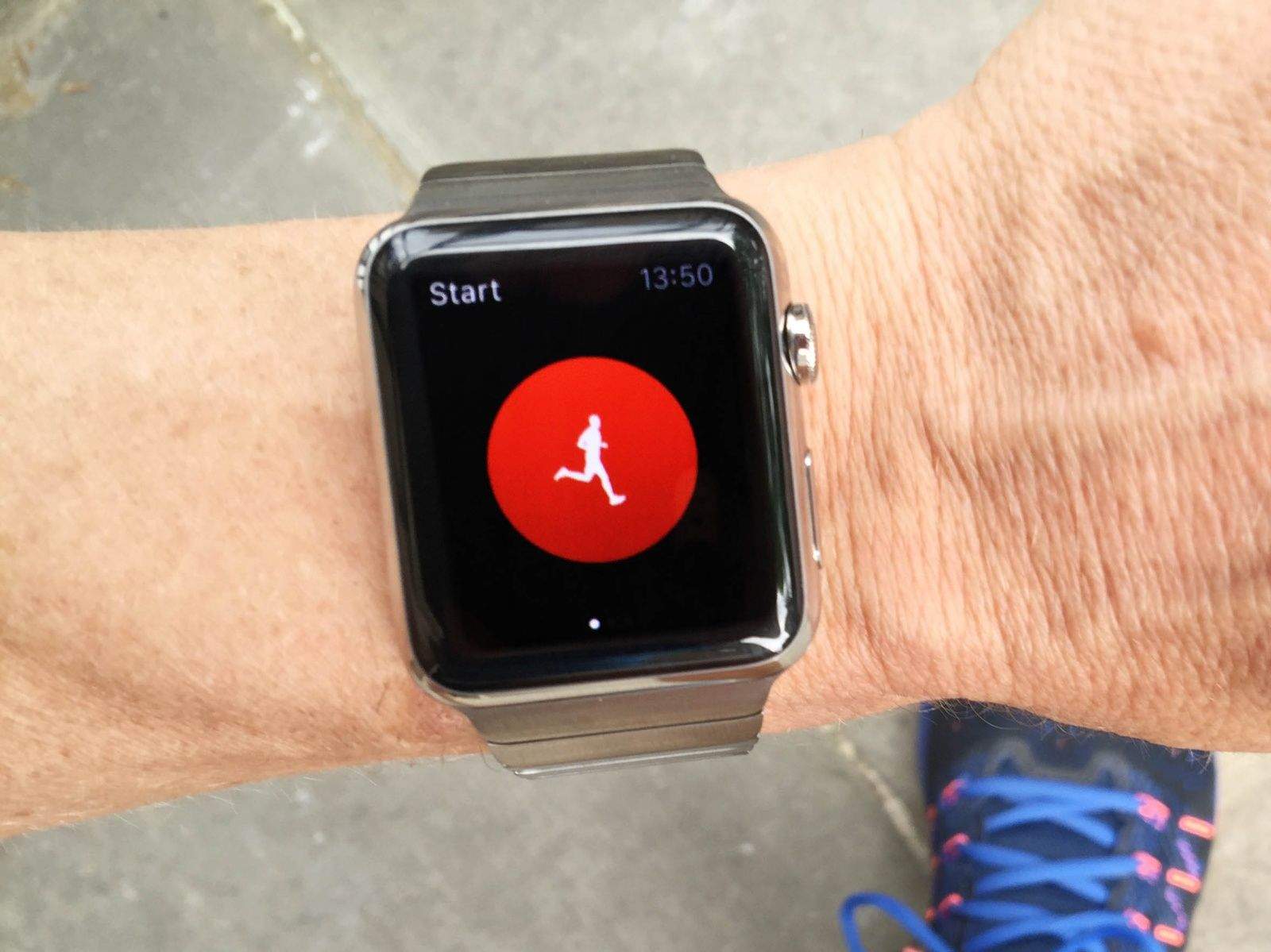After a brush with cancer prompted me to take my health more seriously, I began using run trackers to start my journey from dad bod to six pack.
At first, running was the only exercise I did. It helped me lose my love handles, but I ended up looking too skinny. I decided it was time to put on some muscle. While Apple Watch and other wearables are great for running, they’re not much help when it comes to bulking up. As I soon discovered, some of the best fitness gadgets don’t fit on your wrist.
This post contains affiliate links. Cult of Mac may earn a commission when you use our links to buy items.
Bulking up
Running wasn’t working

Photo: Graham Bower/Cult of Mac
As mentioned in part one of this series, I wanted to prove to myself and to everyone else that I was fit and healthy after successfully completing cancer treatment.
I chose running simply because it appealed to the geek in me — it was something I could do with an iPod. But it turned out I couldn’t achieve my fitness goals through running alone.
I said goodbye to my dad bod, but instead of looking healthy, I lost so much weight that my friends and doctors worried the cancer had returned. It was time to get my geek on, do some research and find out what was going on. Why wasn’t the running making me look fit?
Getting specific about my goals
I learned that there is a principle of “specificity” in fitness, which states that your training should be specific to your goals. Put simply, if you want to get better at running, then you should run. Which is exactly what had happened. I had been running so much that I developed the lean, lightweight physique of an endurance runner. My body had adapted to the exercise I was asking it to do.
The problem was that I had not been specific about my goals when I started. What did “fit and healthy” actually mean to me? As I reflected on this question, I realized I was tired of being the guy that gets sand kicked in his face at the beach. If I was honest, what I really wanted was to look like the fitness models on the cover of Men’s Health.
I had no idea if this was a possibility for an out-of-shape, middle-aged geek like me. And I realized this had all the ingredients for a major midlife crisis. But I decided to go for it anyway and begin bulking up.
So I started researching the kind of exercise and fitness gadgets I’d need to achieve a fitness model’s physique.
Am I putting on muscle or just getting fat?
Fitness models have low body fat and a lot of muscle mass. Thanks to all the running I had been doing, my body fat was already very low. The trouble was, I didn’t have much muscle.
Bulking up would involve increasing my weight, and this was a challenge for me because I was paranoid about getting fat again.
That’s where body composition analyzers can help. They estimate your body fat percentage — literally the percentage of your weight that is comprised of fat. If you multiply your weight by your body fat percentage, this is how much of your weight is comprised of fat. Deduct this figure from your weight to get your “lean body mass.”
If I wanted to look like a fitness model, this was the number I needed to increase. By monitoring my lean body mass over time, I could tell whether I was building up my guns or my gut.
Bioelectrical impedance analyzers

Photo: Graham Bower/Cult of Mac
I bought an Omron Body Fat Monitor. This device uses a technique called bioelectrical impedance analysis, or BIA. A small current is passed painlessly through your body via electrodes you hold in each hand. The more resistance (impedance) your body has to the current, the higher your body fat is estimated to be.
I chose Omron because their body fat monitors are popular and relatively inexpensive. There are fancier options available, like the Withings Smart Body Analyzer, which integrates BIA into a bathroom scale. The electrodes make contact with your feet when you stand on the smart scale, and the data gets synced automatically with an iPhone app.
The problem with consumer BIA devices is that their results are not very accurate. (For example, mine tells me that my body fat is currently 19 percent when it is actually around 10 percent). Nonetheless, they are still useful for tracking changes, revealing whether your body fat is increasing or reducing over time.
Ultimately, I found the lack of accuracy frustrating, so I switched to using calipers instead.
Skin fold calipers

Photo: Graham Bower/Cult of Mac
Skin fold calipers may not be the most high-tech gadgets, but if you learn to use them correctly, they provide a more accurate measure of body fat than bioelectrical impedance analyzers.
I use the Accu-Measure Fitness 3000 Personal Body Fat Caliper Measurement Tool. The name might sound fancy, but it’s really just a plastic widget that gently pinches folds of your skin, allowing you to measure their thickness. By taking this measurement on various parts of your body, you can calculate a pretty accurate estimate of your body fat.
It’s easiest to do this with a (close) friend, since some areas of your body may be hard to reach by yourself. It also takes some practice to get it right. And as with BIA, you have to do it in the same conditions each time to get consistent results.
Don’t forget the trusty tape measure
If you really want to bulk up, a tape measure is completely indispensable. A very simple way of monitoring your body composition is to measure your waist-to-hip ratio. Plus, you can measure your arms, thighs, chest, calves, shoulders, etc., to check that they are getting bigger. You can use various apps and websites to store this data, and I’ll be looking at these in detail next week.
My first time in a gym
Buying some fitness-tracking gadgets is all well and good, but without doing the exercise, you won’t have any progress to track.
My goal was to increase my muscle size. To do this, I needed to follow a progressive resistance-training program. In other words, I needed to lift some weights. So for the first time in my life, I walked into a gym.
My personal trainer didn’t know what to do with me. He couldn’t believe some dude as old as me had never been to a gym before. Rather unhelpfully, he said “you must be very scared.”
He told me that if I was going to have any chance of achieving my goal, I would have to severely cut down on my running from seven miles a day. He argued that the elevated levels of the stress hormone cortisol it was generating would interfere with my body’s ability to put on muscle and might even be reducing my muscle mass.
The trouble is that running is no longer just about fitness for me. It has become a hobby. I look forward to my daily run, and I don’t want to give it up. I felt sure there must be another way. So I decided to find out for myself by enrolling in a personal trainer course.
Next Week: Part 3
In the third and final installment, I’ll explain how iPhone apps help me plan and track my diet and training.
Part 1: How gadgets helped me go from dad bod to six pack: After a brush with cancer, fitness gear helped me get in shape for the first time in my life and swap my middle-aged dad bod for a six pack.


